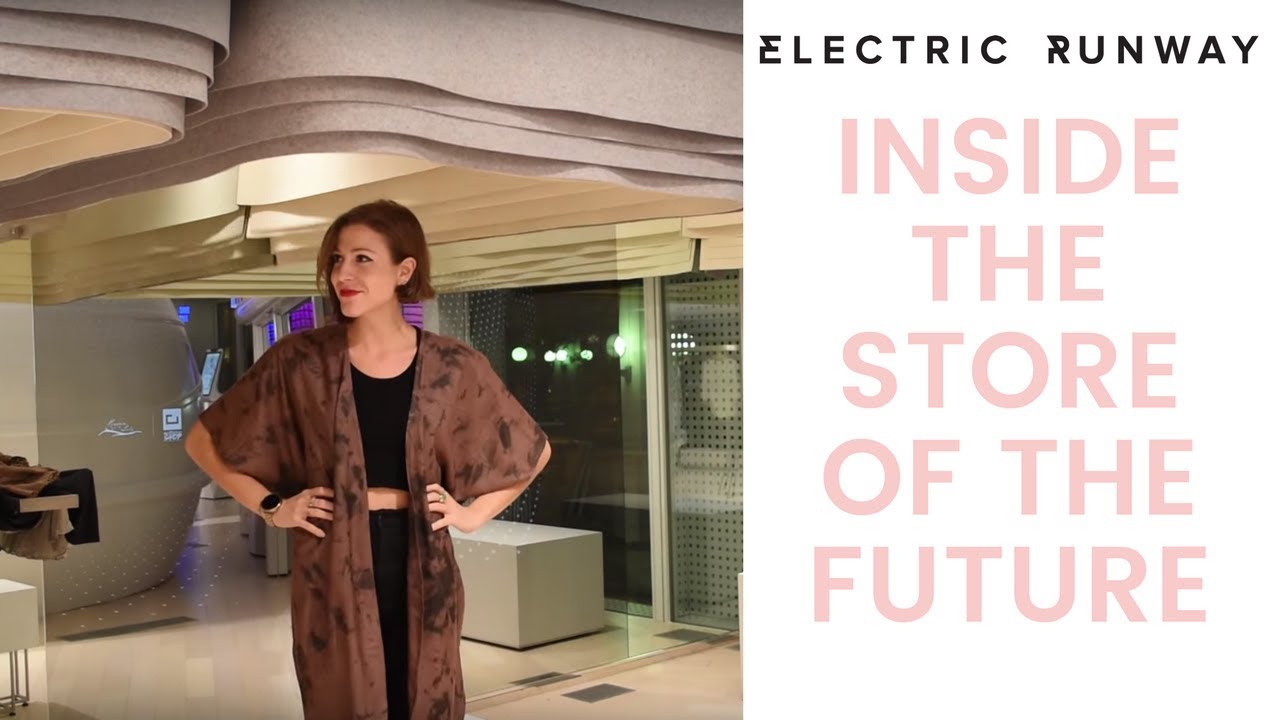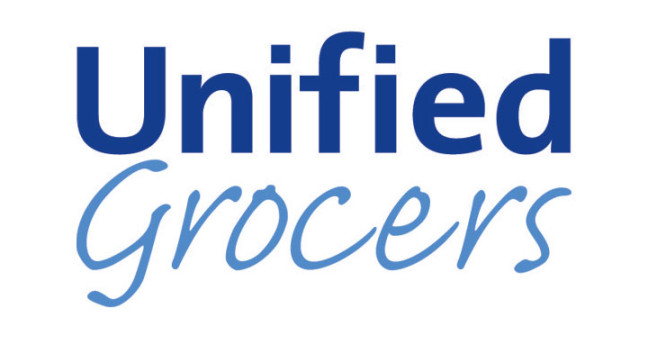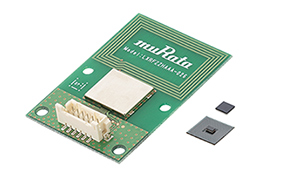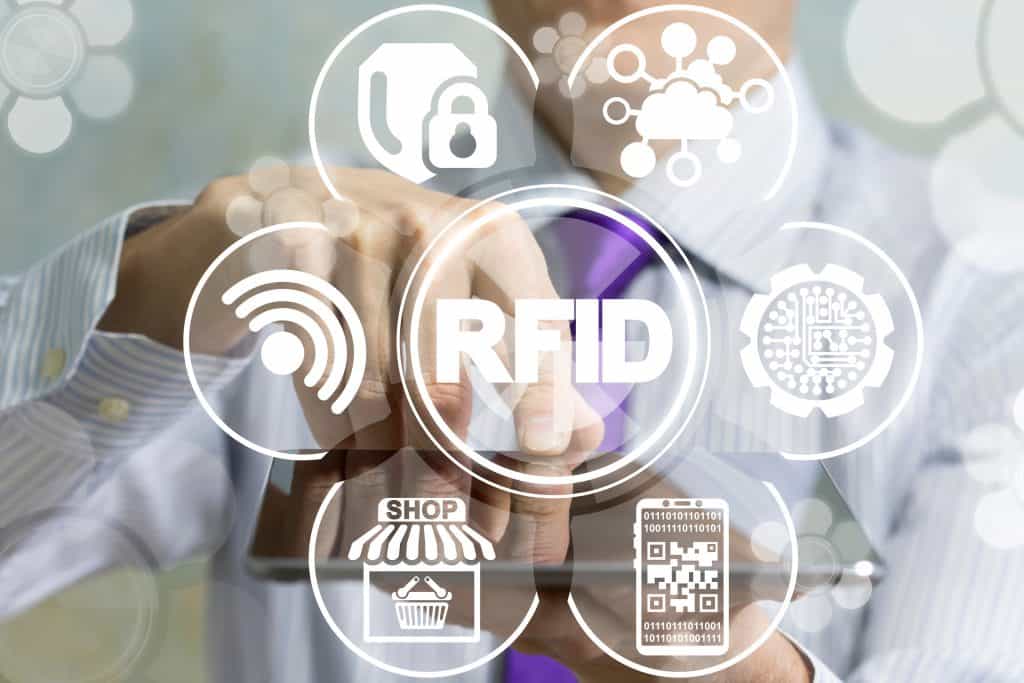CASAGRAS (Coordination and Support Action for Global RFID-related Activities and Standardization), an 18-month E.U.-funded project being carried out by an international group of companies and organizations working on RFID and other standards, has received initial positive feedback from the European Union regarding its interim report, according to Ian Smith, one of the project’s coordinators.
The report says the so-called Internet of Things should not be developed exclusively around radio frequency identification, but should make use of other automatic identification and data capture technologies as well, while also incorporating new sensor and communication technologies and networks. This includes “ubiquitous computing,” which the report defines as a system “in which computing devices are considered integrated into everyday objects to allow them to communicate and interact autonomously and provide numerous services to their users.” In addition, the report adds, it should work together fully with the Internet.
The Internet of Things is often seen as a network of physical objects and infrastructure that interact with each other, often autonomously. It is viewed as the connection of the virtual world—the Internet—to the physical world, through electronically identified physical objects. The concept is defined in widely differing ways, however—and that’s part of the problem being tackled by CASAGRAS’ partners, which include representatives from YRP Ubiquitous Networking Laboratory, in Japan; the Hong Kong Science and Technology Parks Corp. (HKSTP); the Electronics and Telecommunication Research Institute (ETRI), in Korea; FEIG Electronic, in Germany; the European Telecommunications Standards Institute (ETSI); and Q.E.D. Systems, in the United States. Their first priority was to consider the role of RFID in the emerging concept of the Internet of Things. However, this became nearly impossible because the partners determined that the concept of the Internet of Things is far from defined on a broad international basis.
According to Smith, who also is the CEO of AIDC UK, and Anthony Furness, the AIDC’s technical director, the Internet of Things is a world in which things can communicate with people and to computers, and systems can “talk” to each other. It exploits the Internet, networking, mobile and fixed communications, and associated technologies to provide interconnected services and applications.
One example is a smart household refrigerator that can interact with its contents, recording when something is put away or taken out, while also keeping track of the expiry dates and freshness of everything within it. In the retail sector, the Internet of Things application could be used to allow goods in a department store to communicate with the store computer, alerting the store when they are moved to the wrong location, or when they are taken without payment. It could be a supermarket shelf “talking” to a customer’s mobile phone, alerting that person to allergy risks, country of origin, ingredients or carbon miles.
CASAGRAS will host a free seminar in Shanghai on Dec. 1, intended to solicit opinion in the region on how the Internet of Things should be defined and built. Speakers will cover the European 4-Channel Plan (a plan that allows the operation of an unlimited number of RFID readers in each of the four transmit channels in Europe), a framework model for the Internet of Things, the role of RFID within the Internet of Things, networking and interfacing with the physical world, the need for global coding and resolution schemes, services based on the Internet of things, privacy, security and governance.
Source: http://www.rfidjournal.com/article/articleview/4461/1/1/





















